New Advances in 3D Facial Rendering Bring Unprecedented Speed and Quality to Digital Twins
- The emergence of digital twins and mixed reality technologies has heightened the need for efficient and high-quality 3D facial rendering.
- The new GauFace and TransGS systems address the challenge of balancing offline rendering quality with online speed, offering advanced capabilities for facial animation and interaction.
- Extensive evaluations showcase these innovations as superior to traditional and recent neural rendering methods, marking a significant leap in the field of digital avatars.
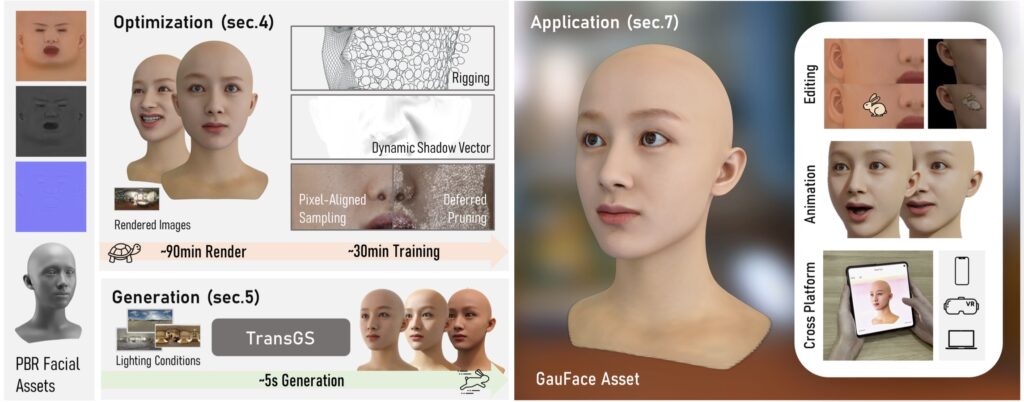
In the evolving landscape of digital avatars and mixed reality, the quest for high-quality and efficient 3D facial rendering has never been more critical. With the rise of digital twins and immersive technologies, there is a pressing need for rendering solutions that can deliver both realism and interactivity. Traditional methods often struggle to balance the intricacies of high-fidelity offline rendering with the speed required for real-time applications. Enter GauFace and TransGS, two groundbreaking technologies that promise to transform the way we create and experience facial avatars.
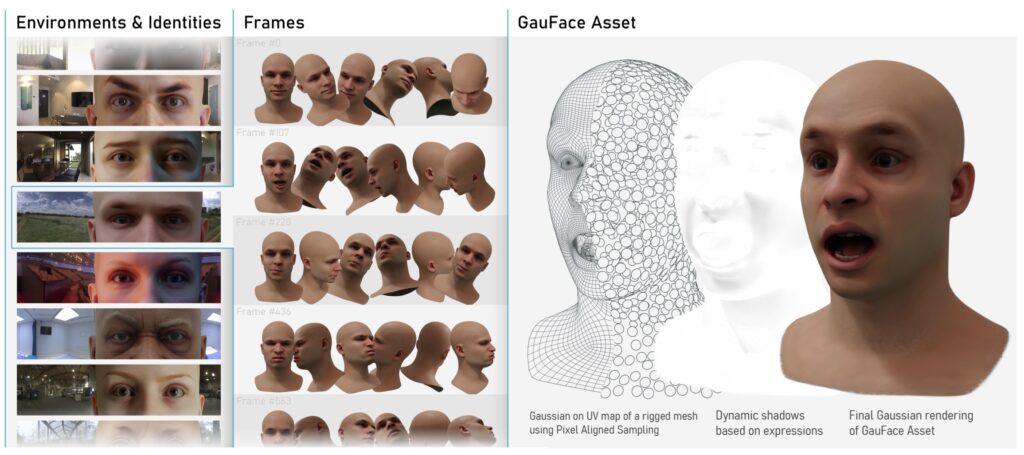
GauFace introduces a novel Gaussian Splatting representation designed specifically for efficient rendering of physically-based facial assets. By leveraging strong geometric priors and constrained optimization, GauFace ensures a structured and precise Gaussian representation. This innovative approach addresses the traditional trade-off between quality and speed, making it possible to achieve high-fidelity facial rendering without sacrificing performance. The system is tailored for both rendering and generative modeling, bridging the gap between detailed facial modeling and real-time application.
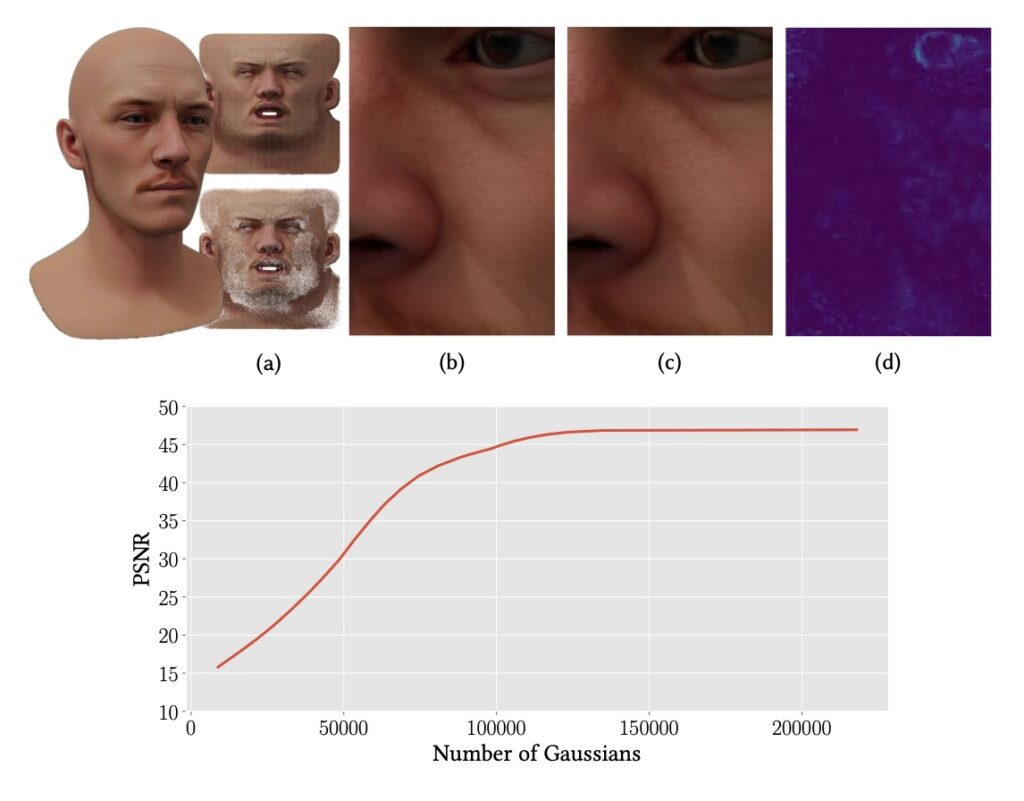
Complementing GauFace is TransGS, a diffusion transformer that translates physically-based facial assets into the GauFace representation instantaneously. This technology adopts a patch-based pipeline to manage the extensive number of Gaussians effectively and integrates a pixel-aligned sampling scheme with UV positional encoding. These features collectively ensure high throughput and superior rendering quality. Notably, TransGS enables real-time facial interaction at 30fps and 1440p resolution on a Snapdragon® 8 Gen 2 mobile platform, showcasing its potential for diverse applications ranging from PCs to VR headsets.
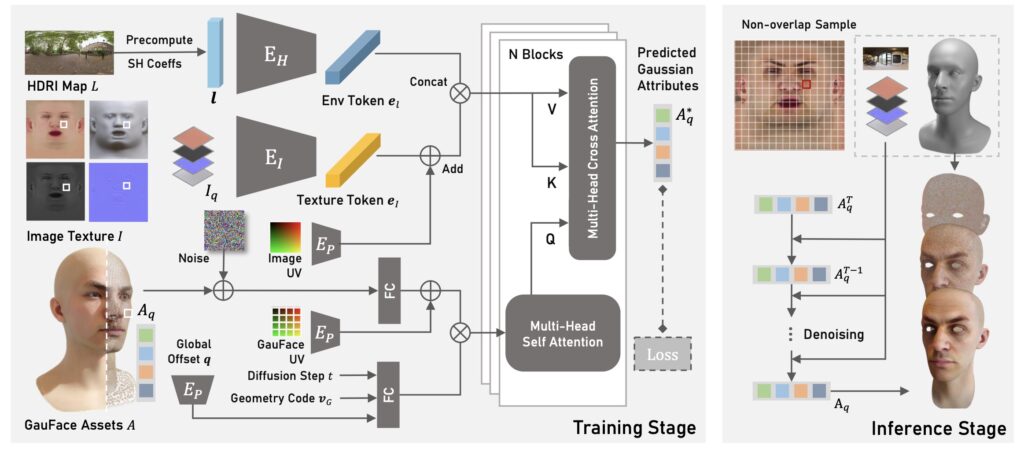
The benefits of GauFace and TransGS are evident in extensive evaluations and user studies, which demonstrate their superior performance compared to both traditional offline and online renderers. The ability of these systems to support relighting and high-quality real-time interaction marks a significant advancement over previous methods. Additionally, the rich conditioning modalities offered by TransGS allow for extensive editing and animation capabilities, reminiscent of traditional CG pipelines but with enhanced efficiency.
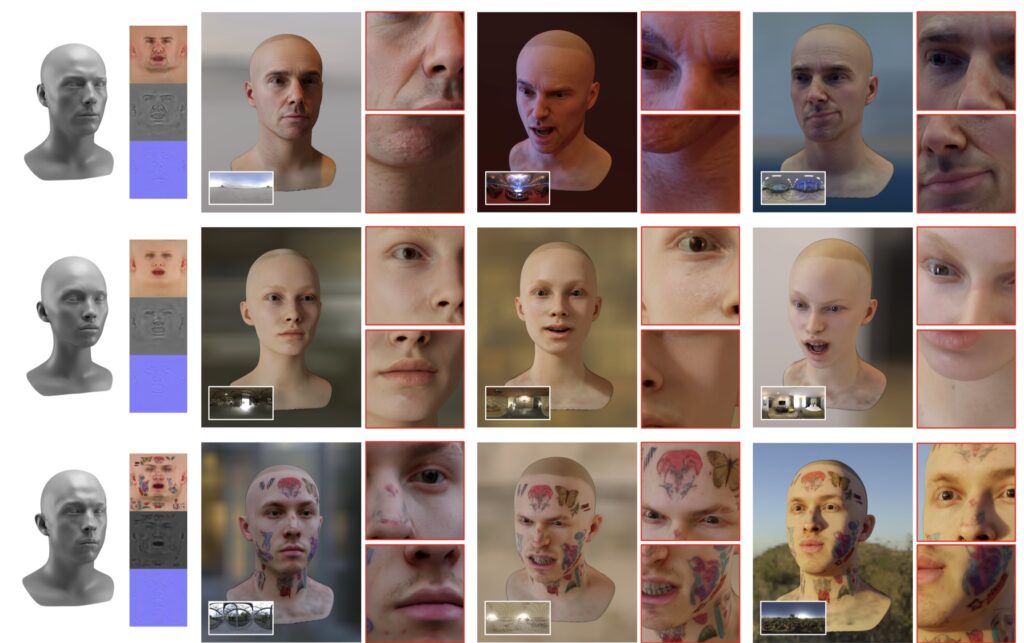
As with any pioneering technology, there are challenges and limitations to address. Current implementations do not cover complex features such as hair modeling, and real-time relighting capabilities are still a work in progress. Moreover, the use of highly realistic facial avatars raises concerns about privacy and consent. It is crucial for future developments to ensure that digital representations are used responsibly and with proper authorization, safeguarding personal privacy and intellectual property.
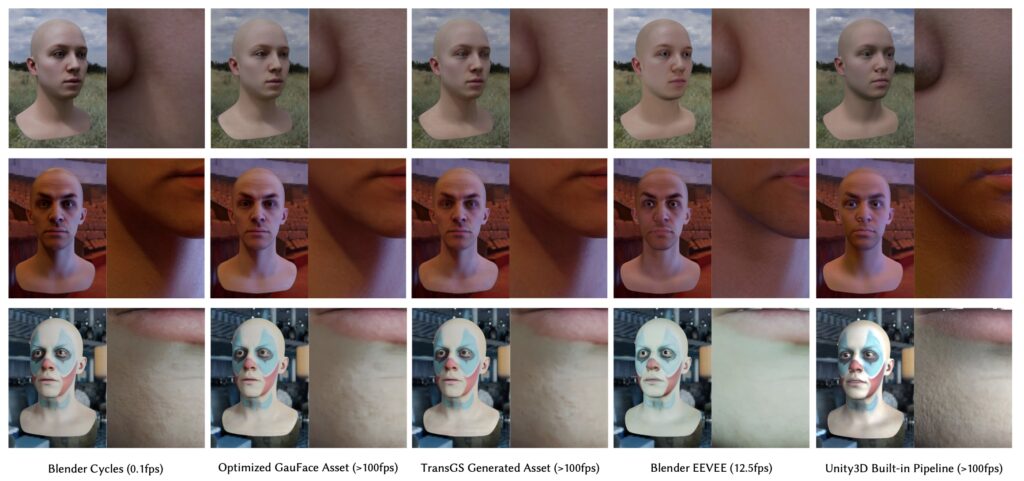
GauFace and TransGS represent a significant leap forward in the field of 3D facial rendering. By marrying high-quality, efficient rendering with real-time capabilities, these technologies pave the way for more immersive and interactive digital experiences. As the technology continues to evolve, it will be important to address the accompanying challenges and ensure ethical use to fully realize the potential of these advancements.
